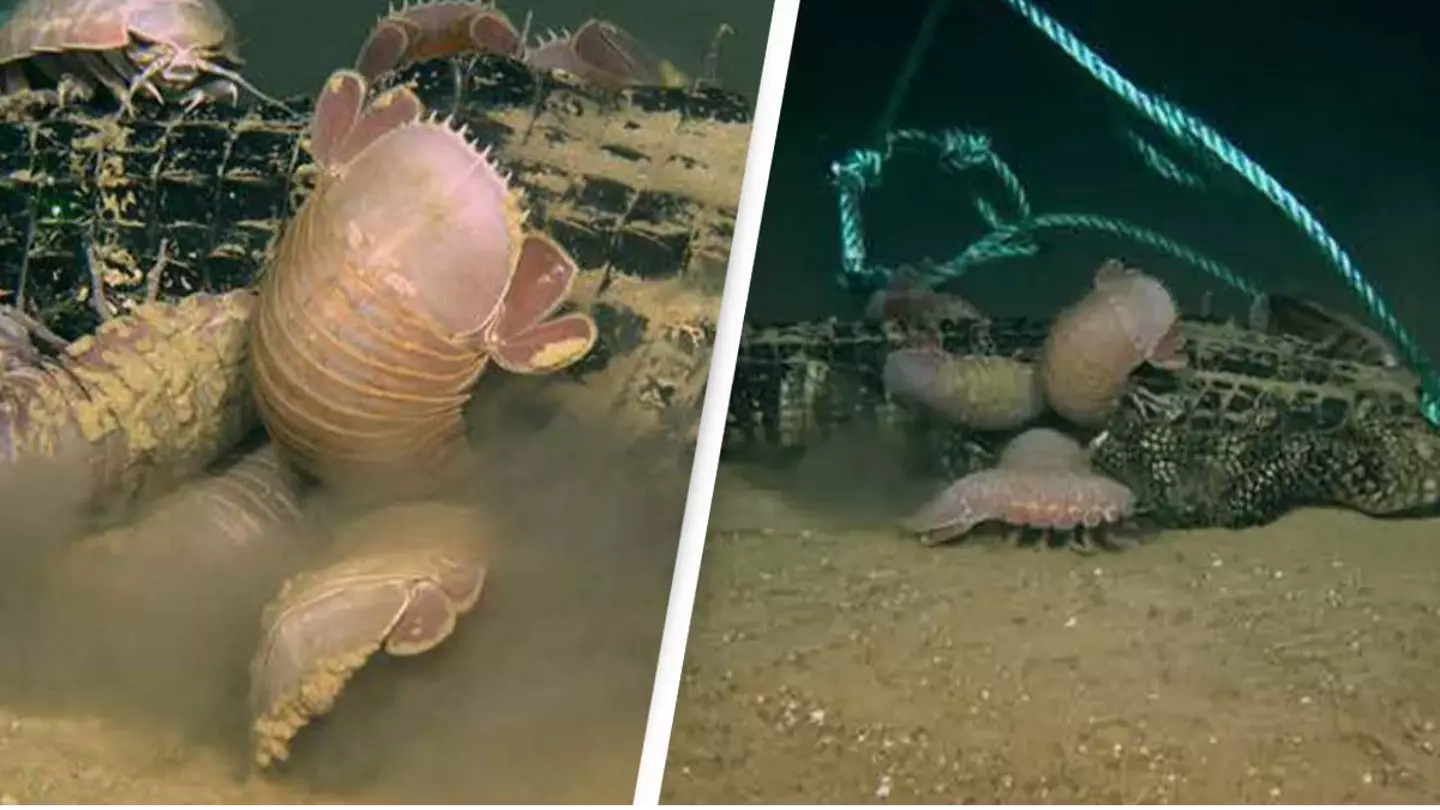
Featured Image Credit: LUMCON/McClain et al.
Topics: News, World News, Animals, Science

Topics: News, World News, Animals, Science

Kit joined UNILAD in 2023 as a community journalist. They have previously worked for StokeonTrentLive, the Daily Mirror, and the Daily Star.